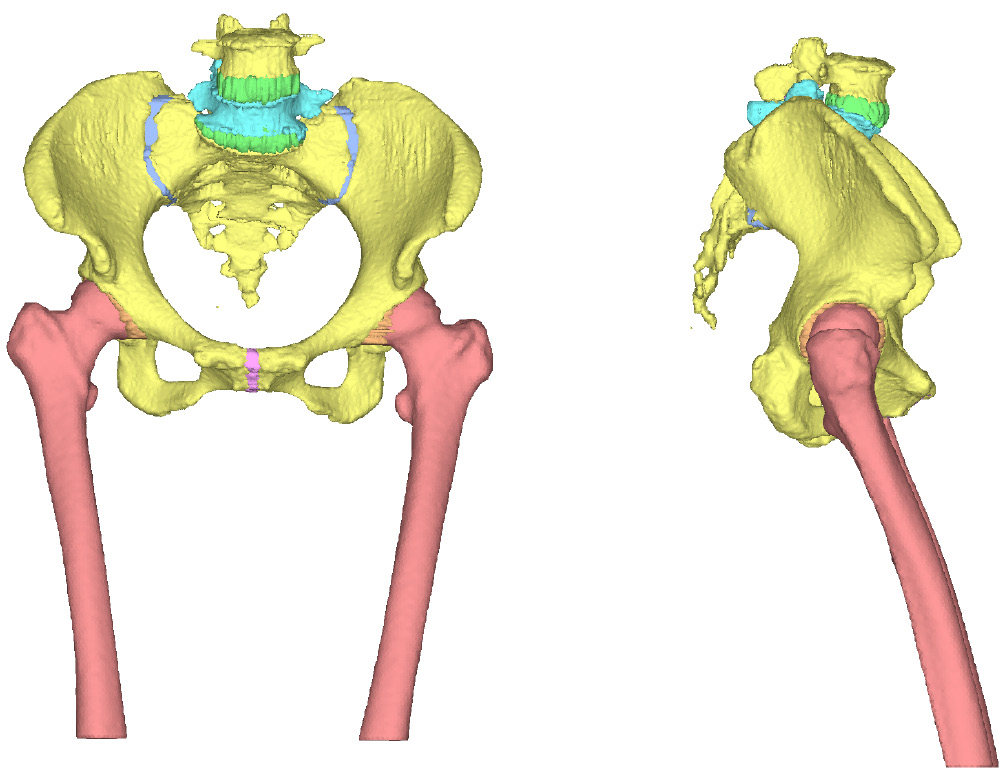- J-STAGE home
- /
- Spine Surgery and Related Rese ...
- /
- Volume 6 (2022) Issue 6
- /
- Article overview
-
Takuhei Kozaki
Department of Orthopaedic Surgery, Wakayama Medical University
-
Hiroshi Hashizume
Department of Orthopaedic Surgery, Wakayama Medical University
-
Hiroyuki Oka
Department of Medical Research and Management for Musculoskeletal Pain, Faculty of Medicine, 22nd Century Medical and Research Center, The University of Tokyo
-
Satoru Ohashi
Department of Orthopaedic Surgery, Sagamihara Hospital, National Hospital Organization
-
Yoh Kumano
Department of Spine Surgery, Tokyo Yamate Medical Center, Japan Community Healthcare Organization
-
Ei Yamamoto
Department of Biomedical Engineering, Faculty of Biology-Oriented Science and Technology, KinDai University
-
Akihito Minamide
Department of Orthopaedic Surgery, Wakayama Medical University
-
Yasutsugu Yukawa
Department of Orthopaedic Surgery, Wakayama Medical University
-
Hiroshi Iwasaki
Department of Orthopaedic Surgery, Wakayama Medical University
-
Shunji Tsutsui
Department of Orthopaedic Surgery, Wakayama Medical University
-
Masanari Takami
Department of Orthopaedic Surgery, Wakayama Medical University
-
Keiji Nakata
Department of Orthopaedic Surgery, Wakayama Medical University
-
Takaya Taniguchi
Department of Orthopaedic Surgery, Wakayama Medical University
-
Daisuke Fukui
Department of Orthopaedic Surgery, Wakayama Medical University
-
Daisuke Nishiyama
Department of Orthopaedic Surgery, Wakayama Medical University
-
Manabu Yamanaka
Department of Orthopaedic Surgery, Wakayama Medical University
-
Hidenobu Tamai
Department of Orthopaedic Surgery, Wakayama Medical University
-
Ryo Taiji
Department of Orthopaedic Surgery, Wakayama Medical University
-
Shizumasa Murata
Department of Orthopaedic Surgery, Wakayama Medical University
-
Akimasa Murata
Department of Orthopaedic Surgery, Wakayama Medical University
-
Hiroshi Yamada
Department of Orthopaedic Surgery, Wakayama Medical University
2022 Volume 6 Issue 6 Pages 681-688
- Published: November 27, 2022 Received: November 29, 2021 Available on J-STAGE: November 27, 2022 Accepted: February 14, 2022 Advance online publication: April 12, 2022 Revised: -
(compatible with EndNote, Reference Manager, ProCite, RefWorks)
(compatible with BibDesk, LaTeX)




